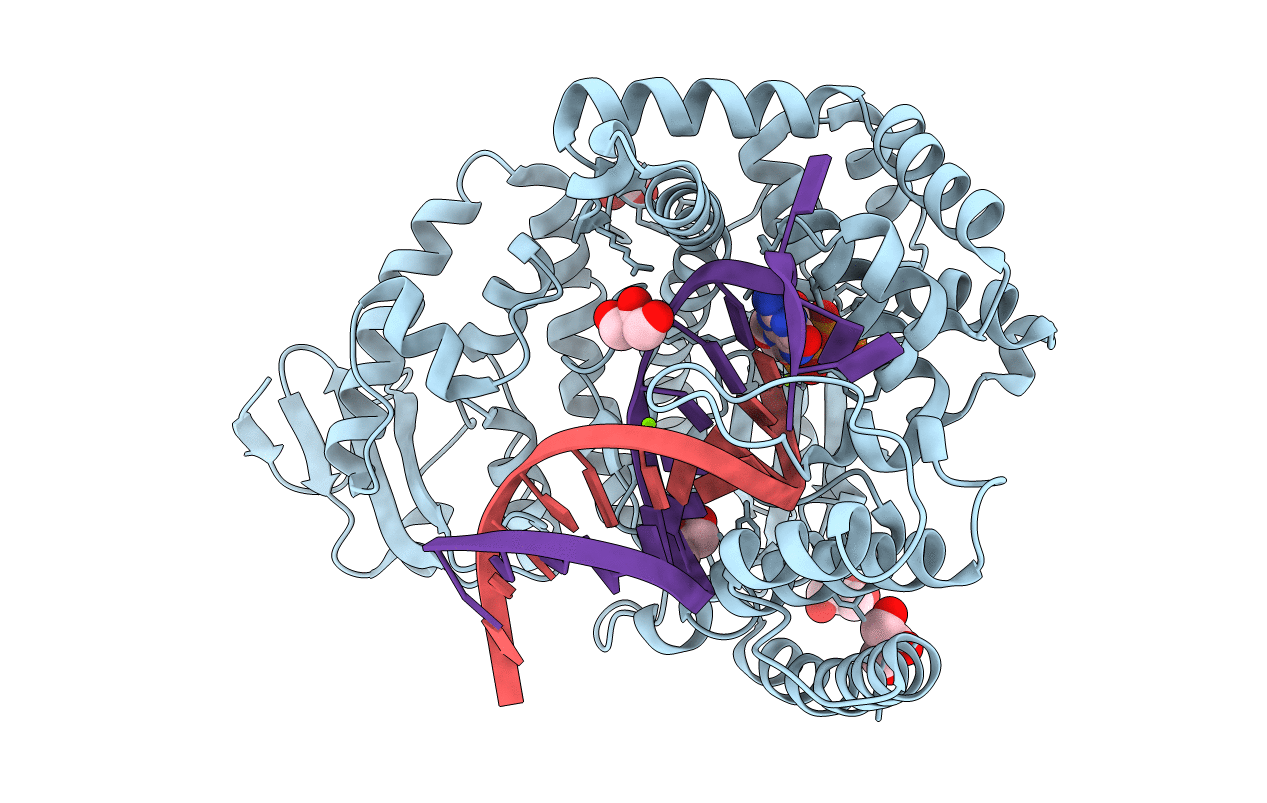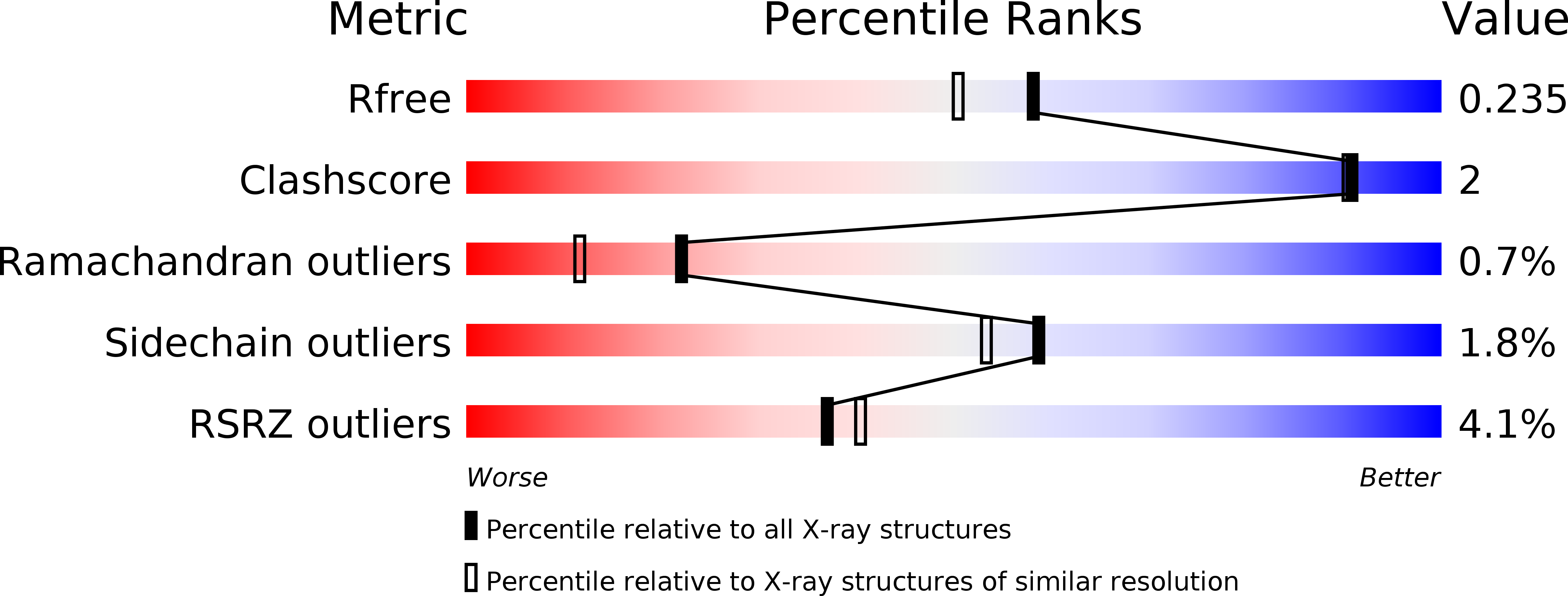
Deposition Date
2018-01-08
Release Date
2018-11-21
Last Version Date
2023-11-22
Entry Detail
PDB ID:
5Z3N
Keywords:
Title:
Structure of large fragment of DNA Polymerase I from Thermus aquaticus Host-Guest complex with the unnatural base 5fC pair with dA
Biological Source:
Source Organism:
Thermus aquaticus (Taxon ID: 271)
synthetic construct (Taxon ID: 32630)
synthetic construct (Taxon ID: 32630)
Host Organism:
Method Details:
Experimental Method:
Resolution:
1.91 Å
R-Value Free:
0.22
R-Value Work:
0.18
R-Value Observed:
0.18
Space Group:
P 31 2 1


